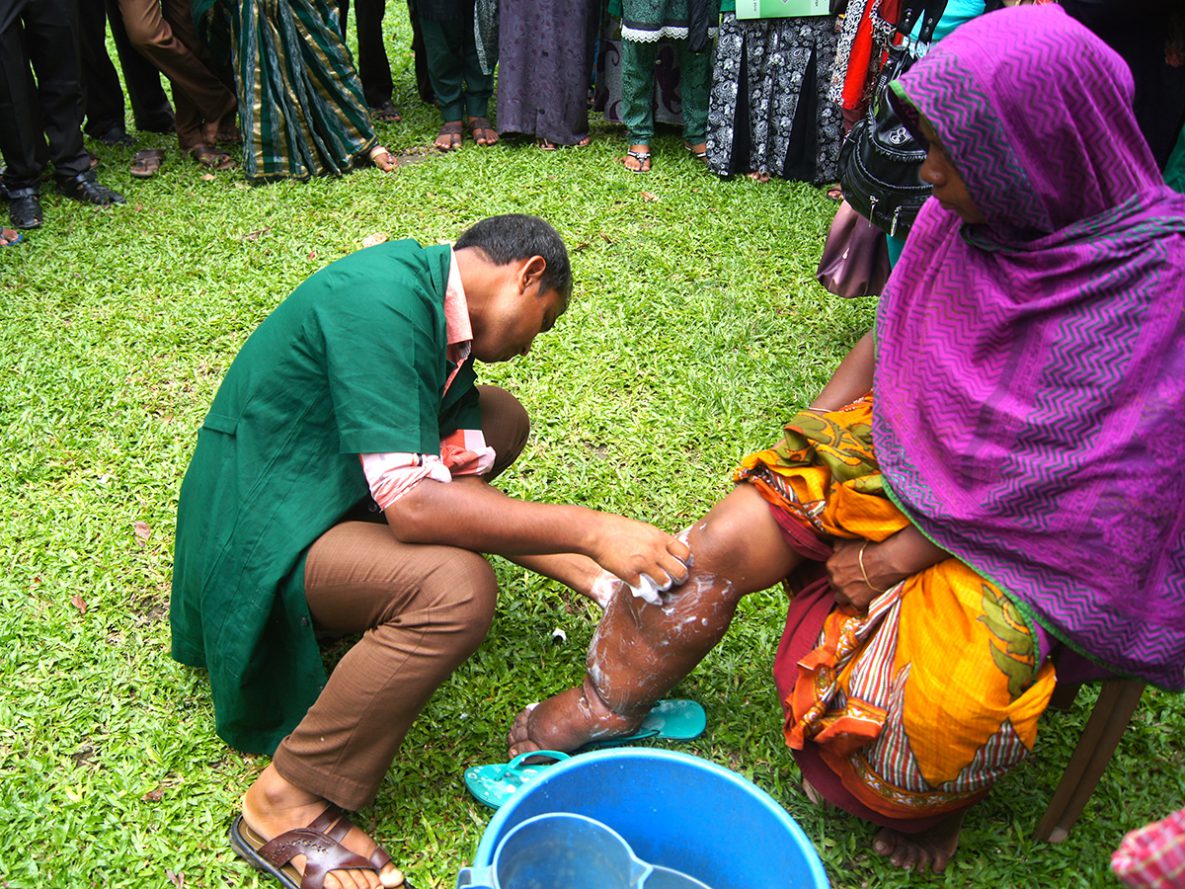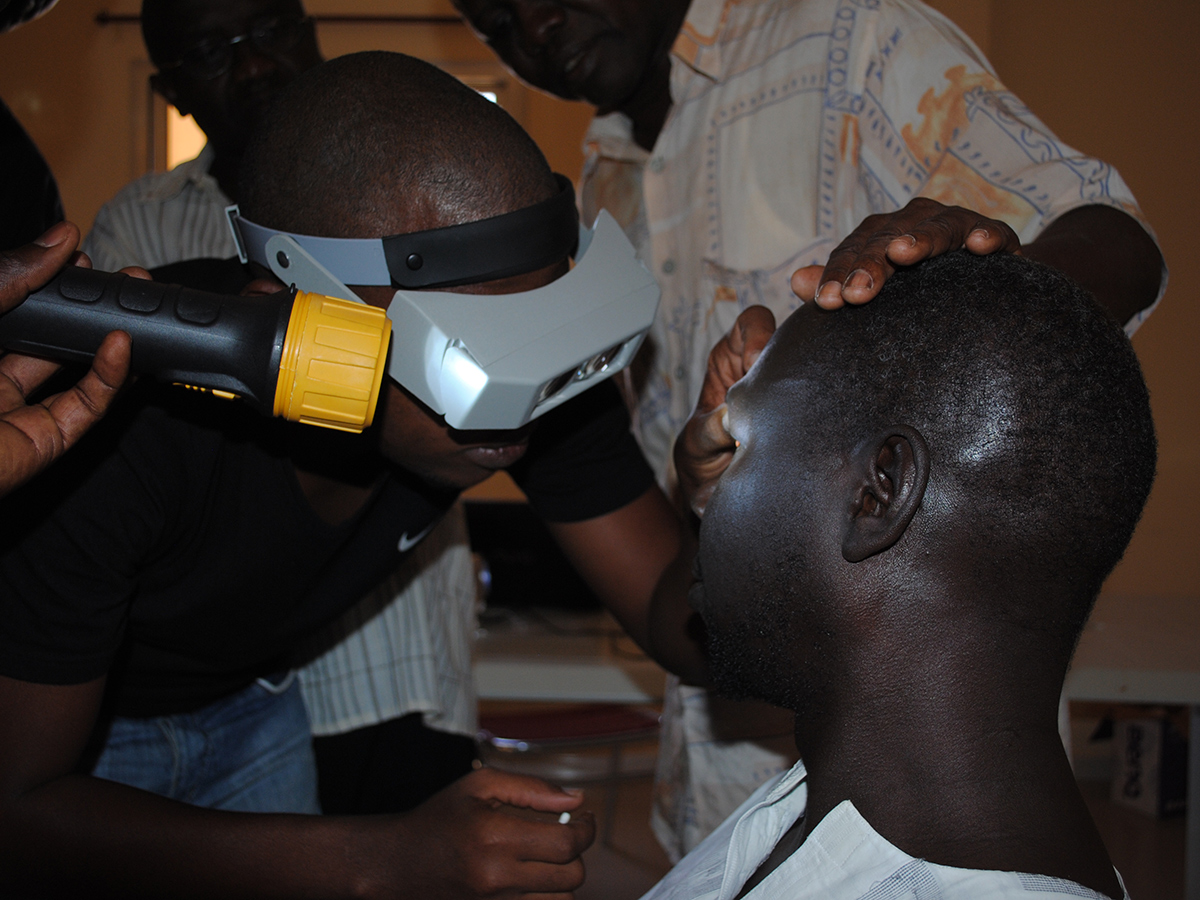Neglected Tropical Diseases (NTDs)
Neglected Tropical Diseases (NTDs) are a group of parasitic and bacterial diseases that cause substantial illness. NTDs are the source of tremendous suffering because of their disfiguring, debilitating, and sometimes deadly impact. They are referred to as “neglected” because they have been largely wiped out in the more developed parts of the world but persist in the poorest, most marginalized or isolated communities of the world.
What is the global impact of neglected tropical diseases?
- NTDs impact more than a billion people globally—one-sixth of the world’s population. Additionally, individuals are often affected with more than one parasite or infection.
- 100% of low-income countries are affected by at least five neglected tropical diseases simultaneously.
- Worldwide, 149 countries and territories are affected by at least one neglected tropical disease.
- Affecting the world’s poorest people, NTDs impair physical and cognitive development, contribute to mother and child illness and death, make it difficult to farm or earn a living, and limit productivity in the workplace. As a result, NTDs trap the poor in a cycle of poverty and disease.
What can be done?
- Some NTDs can be controlled or even eliminated through mass administration of safe and effective medicines (i.e. mass drug administration, or MDA), or other, effective interventions. These diseases are known as targeted or “tool ready” NTDs. These include dracunculiasis (Guinea worm disease), lymphatic filariasis, soil-transmitted helminths (STH) (Ascaris, hookworm, and ringworm), trachoma, and onchocerciasis (river blindness).
- Efforts to control the vectors (e.g. mosquitoes, black flies) that transmit these diseases and to improve basic water, sanitation, and hygiene are also highly effective strategies against these NTDs.
- Treatment cost for most NTD mass drug administration programs is estimated at less than US fifty cents per person, per year.
What does CDC do?
- For more than 2 decades, CDC has been working to reduce the illness, disability, and death caused by NTDs. Together with our partners, we:
- Develop global policy and guidelines for NTD control programs
- Conduct research to improve existing diagnostic and other tools needed to monitor programs
- Monitor and evaluate progress toward elimination/control of NTDs
- Provide technical assistance to countries and other partners to build capacity and improve programs
- Study additional NTDs to identify and develop better tools and approaches to control and eliminate them
- Browse global health publications by topic or date
- Download the Neglected Tropical Diseases fact sheet
- Read CDC’s latest global NTD news releases
- Browse Neglected Tropical Disease images on the CGH Flickr stream or search by topic or country
- Search images by topic on the Public Health Image Library (PHIL)
- Learn more about CDC’s work on Neglected Tropical Diseases.
Contact media relations to speak with a CDC Neglected Tropical Diseases (NTDs) expert
media@cdc.gov
(404) 639-3286
(9:00 am – 6:00 pm)
(770) 488-7100
(After Hours)



